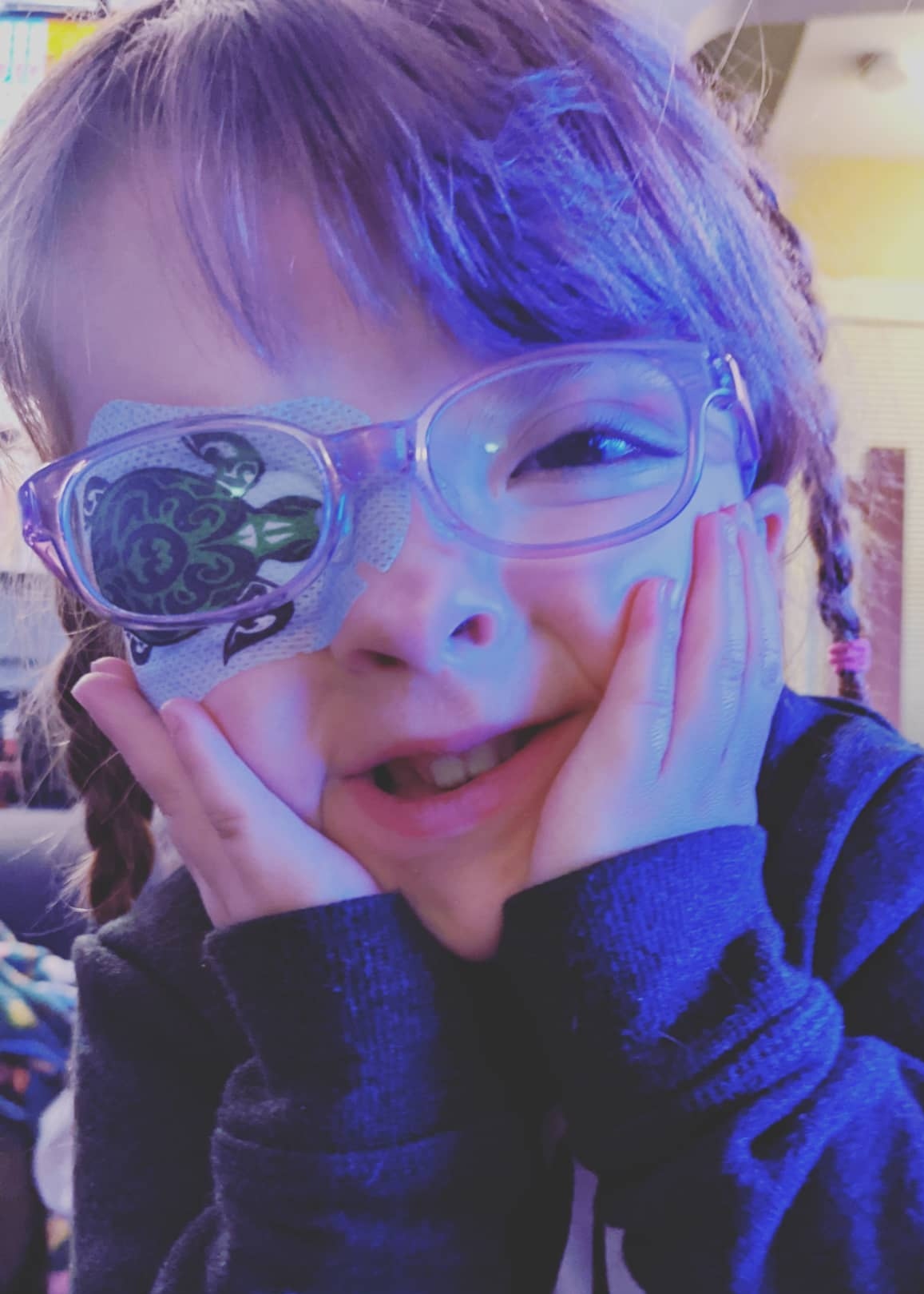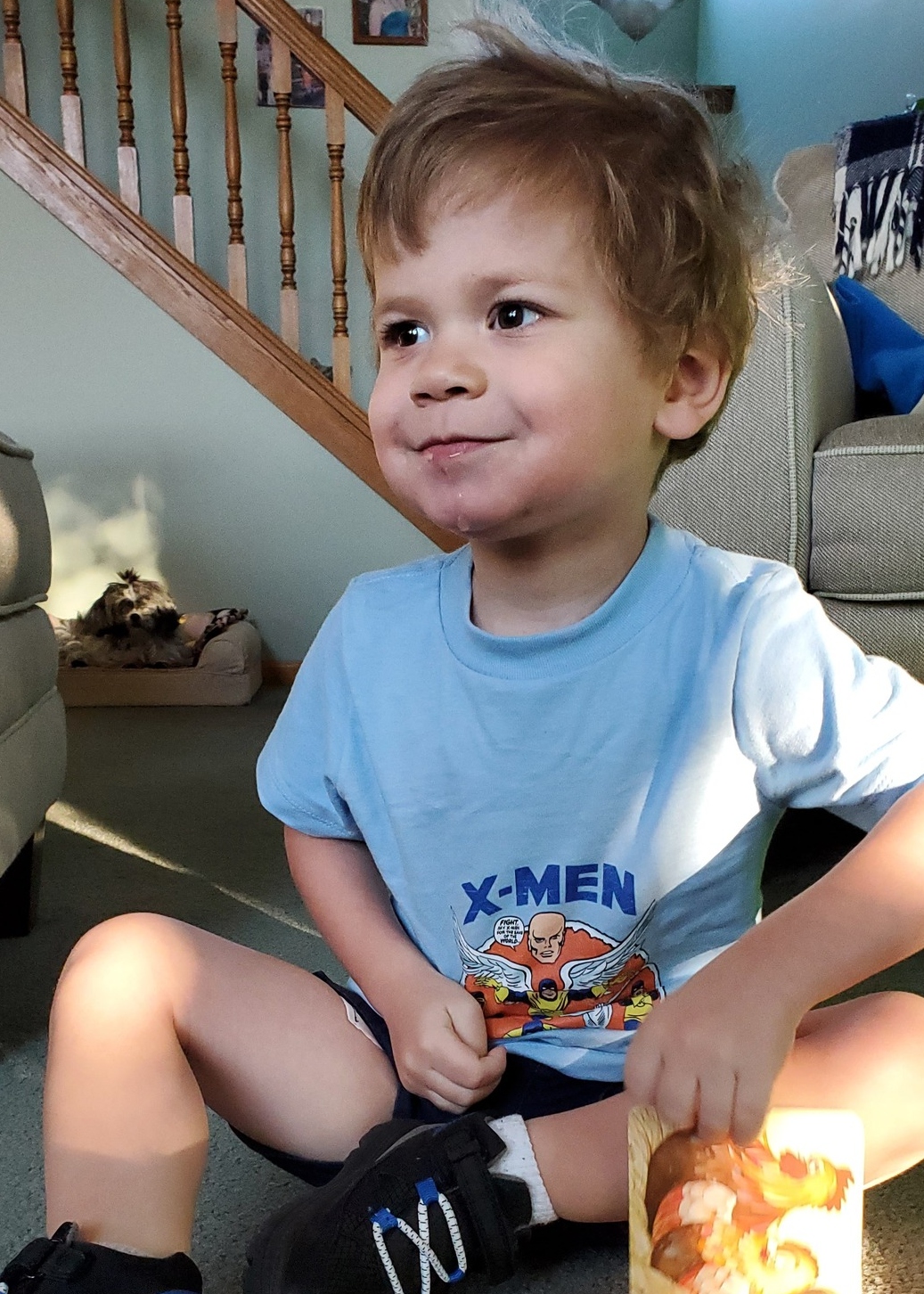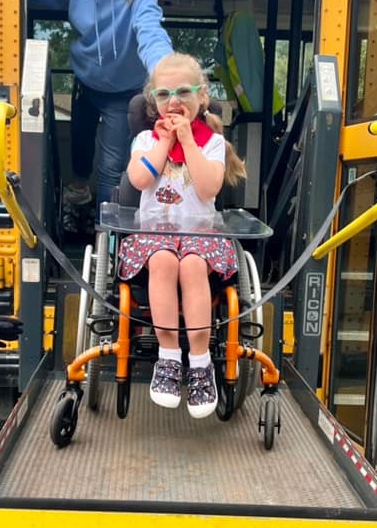NWO Accessibility Network
Serving parents and caregivers of disabled children (birth-21) in the Northwest Ohio region.Media Guide
Demonstrating the importance of representation and providing a list of positive media representations.
Disability History
“If you want to understand today you have to search yesterday.”
Pearl S. Buck, American novelist (1892-1973)
NWO Community Support Resources
Resource centers and service providers within Northwest Ohio that support and aid in inclusion and accessibility in the community.
Coming Soon!
We dive into the importance of discussing your child’s disability diagnosis with them. Understand how to recognize when the time is right, hear from other parents and caregivers, and share your own thoughts and stories.
We are glad you are here!
As parents, we found that we spent a lot of time researching, asking questions, and feeling alone in the pursuit of information. We scoured the internet for adaptive shoes, wracked our brains for toys that our kids could use, endured never-ending waitlists for specialists and therapies, struggled while navigating the resources/services available to our children, and tried our best to comprehend all of the new information being sent our way. To be honest, it was a lot to take in. And it wasn’t always easily accessible. Not only do we want our community to be more accessible, but we want the resources, information, and support to be accessible, too.
You’ve probably heard the common saying that “it takes a village” when it comes to raising children and supporting loved ones. But what if you don’t have a village? Does anyone really understand what you’re going through? This is where we come in! The goal of the NWO Accessibility Network is to bring the parents, guardians, and caregivers of individuals with disabilities together in an effort to collaborate by sharing resources, validating experiences, promoting inclusion, and engaging in learning.
We started as coworkers, but quickly bonded over our shared, yet unique, experiences as parents of disabled children. The more we talked, the more we realized that we shared the above-mentioned experience of information-overload and unanswered questions in the early days of our child’s diagnosis. We craved community and while we were respectively part of diagnosis-specific social media groups, the members of those groups were spread across the globe. Nothing could quite replace the collective resources, experiences, and yes, even tears, that the three of us have shared with each other. We have created a cross-disability community of care and we’d like to share that with you.
Inspired By…

Willow
Willow is a spunky five-year old whose big personality can put a smile on anyone’s face. She loves to be creative and can usually be found with play-doh, a crayon, or paintbrush in hand.
Willow is also part of the Craniofacial community, diagnosed with Craniofrontalnasal Dysplasia (CFND) when she was six-months old. CFND is a very rare genetic condition (approximately 1 in 100,000 births). The most immediate symptom of this diagnosis was Craniosynostosis, which is the premature fusion of the sutures (soft-spots) in Willow’s skull, meaning that her brain did not have room to grow because the sutures are meant to remain open and flexible as the brain grows. As a result, Willow had three massive surgeries on her skull before she turned two in order to open those prematurely fused sutures, making room for her brain to grow.
Other physical characteristics of CFND include hypertelorism and agenesis of the corpus callosum. It is worth noting that Craniosynostosis is much more common (approximately 1 in 2,500 births), and is connected to many other Craniofacial conditions, including Apert Syndrome, Crouzon Syndrome, and Saethre-Chozen. For more information about the Craniofacial community, please see the Children’s Craniofacial Association and FACES: The National Craniofacial Association.

Oliver
Oliver is a three-year-old ball of energy and joy that loves music, books, and playing with others. Oliver was diagnosed with autism at two-years-old and shortly after, a rare genetic disorder from a variant in his SHANK2 gene. SHANK2 variations that lead to disorders are very rare as it is currently estimated to occur in only 0.3% of all individuals diagnosed with autism spectrum disorder.
Oliver is currently non-verbal, but he still finds ways to communicate regularly through sign language, music, and, hopefully soon, a dedicated speech generating device. To learn more about SHANK2, please visit The SHANK2 Foundation website.

Angela
Meet Angela! She is six years old and attends kindergarten in a mainstream classroom. Angela loves her iPad! She enjoys YouTube Kids most and has an affinity for Blippi, Elmo, Super Simple Songs, and Cocomelon, to name a few. Music is her love language. She has the sweetest smile and an infectious laugh, and loves to ride the bus!
When Angela was three months old, she had open heart surgery to fix a very large hole in her heart, called a ventricular septal defect (VSD). She was later diagnosed with a rare genetic disorder affecting less than 230 individuals worldwide; CASK.
The CASK gene was only recently discovered (2008) which means there is very limited research available. Because of the deletion on her CASK gene, she is also diagnosed with microcephaly, global developmental delays, hypotonia (low muscle tone), and wears super cute glasses. She is non-verbal and non-ambulatory. Angela also has feeding, digestive, and sensory challenges. To learn more about CASK, please visit the CASK Gene Foundation website.